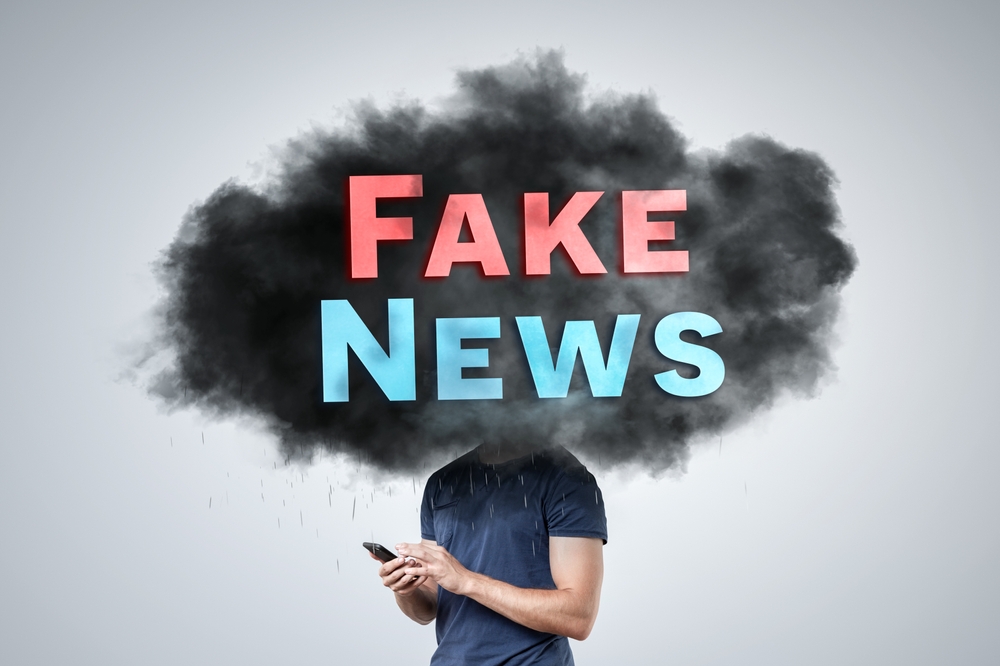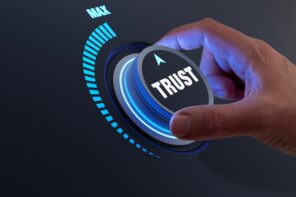
Monday January 20, 2025
How Trump’s Second Term is Reshaping Strategic Communications in 2025
With Donald Trump now inaugurated for his second term, the global landscape of politics, business, and communication faces unprecedented challenges (again). For public relations professionals, this era demands adaptability, precision, and foresight. As polarisation deepens and globalisation retreats, the rules of the game are shifting, forcing organisations to reassess how they engage with their audiences while navigating the complexities of a predicted turbulent administration.
Polarisation and the DEI Divide: Apple vs. Meta and McDonald’s

The second Trump administration has already spurred a rollback of corporate Diversity, Equity, and Inclusion (DEI) initiatives even before the inauguration. As companies eager to align with the administration dismantle these programmes, reputational risks are mounting. The Supreme Court’s decision against affirmative action in US Universities has added fuel to the fire, forcing organisations to carefully consider their public stance on DEI from a legal perspective as shareholder conservative activists take aim.
In this context, Apple has emerged as a counterexample, doubling down on its commitment to DEI. Apple publicly stood by their DEI frameworks in the face of potential adversity by an incoming administration whose main Billionaire cheerleader Elon Musk decried that ‘DEI must Die’. Apple’s leadership deftly showcased measurable progress in hiring, retention, and supplier diversity, Apple has demonstrated that DEI can remain central to corporate strategy even in politically charged climates.
This contrasts sharply with Meta and McDonalds, which have both announced the dismantling of their DEI frameworks. While these moves may appease certain stakeholders, they risk alienating key demographics, particularly younger, socially conscious consumers.
For communicators, the lesson is clear: authenticity is non-negotiable. Virtue signalling without substance can lead to severe reputational damage, while genuine commitments—like Apple’s—can strengthen stakeholder trust. Crafting DEI messaging in this environment requires careful language to guard against legal vulnerabilities, robust frameworks, and a willingness to back words with actions.
Social Media’s Role in Amplifying Disinformation

Social media platforms remain powerful tools for shaping narratives, but they also pose significant risks in this era of polarisation and disinformation. Elon Musk’s X (formerly Twitter) continues to dominate political discourse, despite its smaller user base. With politicians and journalists heavily reliant on the platform, its influence far exceeds its reach.
Trump’s return to X, combined with the potential sale of TikTok to an American entity, underscores the growing unpredictability of the digital landscape. For brands, this means preparing for a surge in misinformation and polarised debates.
Meta’s introduction of community notes and jettisoning fact-checkers is seen by many as a step towards fueling disinformation further,. Apple, by contrast, has steered clear of such controversies, focusing instead on privacy and ethical practices—a positioning that reinforces its reputation as a socially responsible brand.
Communicators must carefully evaluate their platforms and tailor their presence to minimise reputational risk as millions fled X for BlueSky resulting in the politicisation of social media platforms.
Trump’s antagonistic stance towards legacy media, labelling them as “fake news,” continues to erode trust in traditional outlets. Bypassing legacy media for social media platforms to communicate policy will further erode legacy media’s relevance in the eyes of the public keen to keep up in real time with Trump’s thoughts.
Legacy media are now the only ones left on the front line against disinformation and misinformation and their influence is waning as social media platforms rise in their ascendancy unencumbered with the need for truth and factcheckers.
The rise of AI-generated disinformation adds another layer of complexity, making real-time monitoring and rapid response capabilities essential.
Crisis Communications as the New Norm
Under Trump’s administration, long-term strategic plans may prove untenable. The unpredictability of his policies—ranging from discussions of acquiring Greenland to inflammatory rhetoric about invisible borders with Canada —means organisations must be prepared for constant pivots.
This is particularly true for governments and multinationals, where geopolitical tensions can escalate quickly. The dismantling of the rules-based international order in favour of transactional diplomacy creates an environment of heightened uncertainty. Communicators must prioritise crisis management, ensuring their teams are equipped to handle everything from policy changes to public backlash.
Public Affairs and the Changing Lobbying Landscape
The retreat of globalisation under Trump’s “America First” policies continues to disrupt international trade. Tariffs, protectionist policies, and transaction-led diplomacy are creating ripple effects across industries. Strategic communicators must prepare for sudden shifts in policy that could impact supply chains, pricing, and international partnerships.
Public affairs teams will need to ramp up their lobbying efforts to mitigate these risks.
Public affairs professionals will face mounting pressure to engage with policymakers as Trump’s administration pushes through rapid changes.
However, the revolving door of Trump appointees in his first term—many of whom previously served only brief tenures—may make relationship-building a time-consuming and repetitive endeavour. The emphasis must be on agility and adaptability, with communicators ready to pivot strategies and outreach at short notice.
Key Takeaways for Communicators
- Prioritise Authenticity: Analyse Apple’s example by committing to DEI with measurable actions and transparent reporting which lent legitimacy in the face of activist legal pressure to dismantle DEI. Avoid the pitfalls of virtue signalling seen in Meta and McDonald’s embrace of DEI in recent years followed by a U-turn to ingratiate themselves with an incoming administration.
- Monitor Policy Changes Closely: Stay ahead of the curve by investing in real-time monitoring tools and agile public affairs strategies.
- Combat Disinformation: Strengthen crisis communication frameworks to address misinformation quickly and effectively. Consider collaborating with trusted third-party validators to reinforce credibility.
- Adapt to Uncertainty: Move away from rigid, long-term strategies in favour of flexible, broad-stroke plans that can pivot as needed.
- Leverage Trusted Platforms: Choose communication platforms wisely, focusing on those that align with your brand’s values and audience trust levels.
A Consequential Era for Communications
As we navigate the uncertainty of Trump’s second term, the role of strategic communicators has never been more critical. From polarisation and trade tensions to the rise of disinformation, this era presents profound challenges—and opportunities—for those equipped to adapt.
For the PR industry, this is a moment to lead with purpose, innovation, and agility. Whether addressing DEI, combating misinformation, or managing reputational risks, the choices made now will shape not only the Trump’s term of four years but also post-Trump’s term, that is something to remind decision-makers about when they start panicking and propose flip-flopping on their values with a short term mindset. After all, this too shall pass.
Buckle up—we’re in for an extraordinary ride.
Curzon PR is a London-based PR firm working with clients globally. If you have any questions, please feel free to contact our Business Development Team bd@curzonpr.com







Follow us